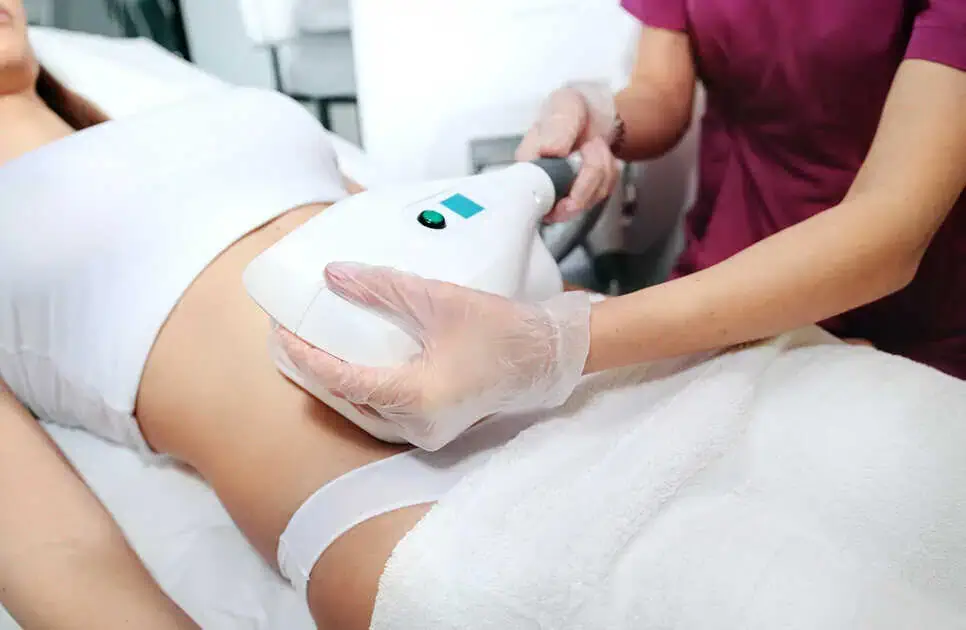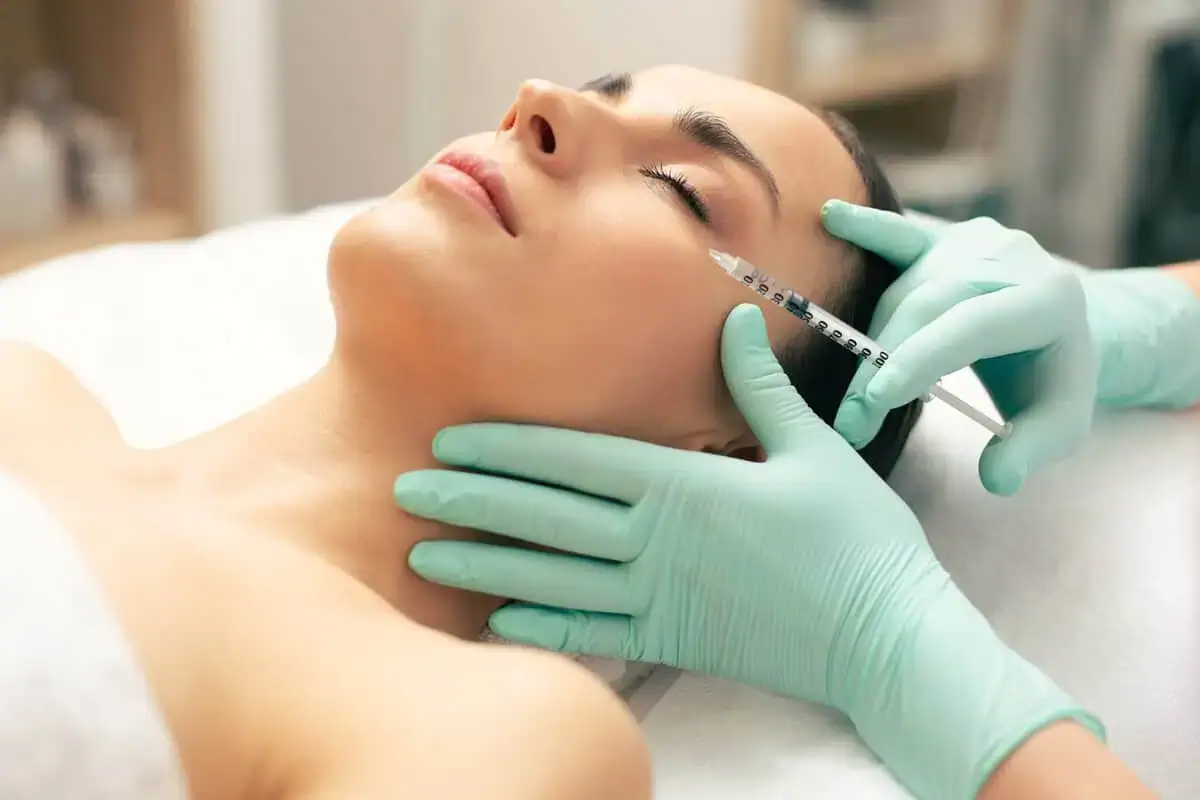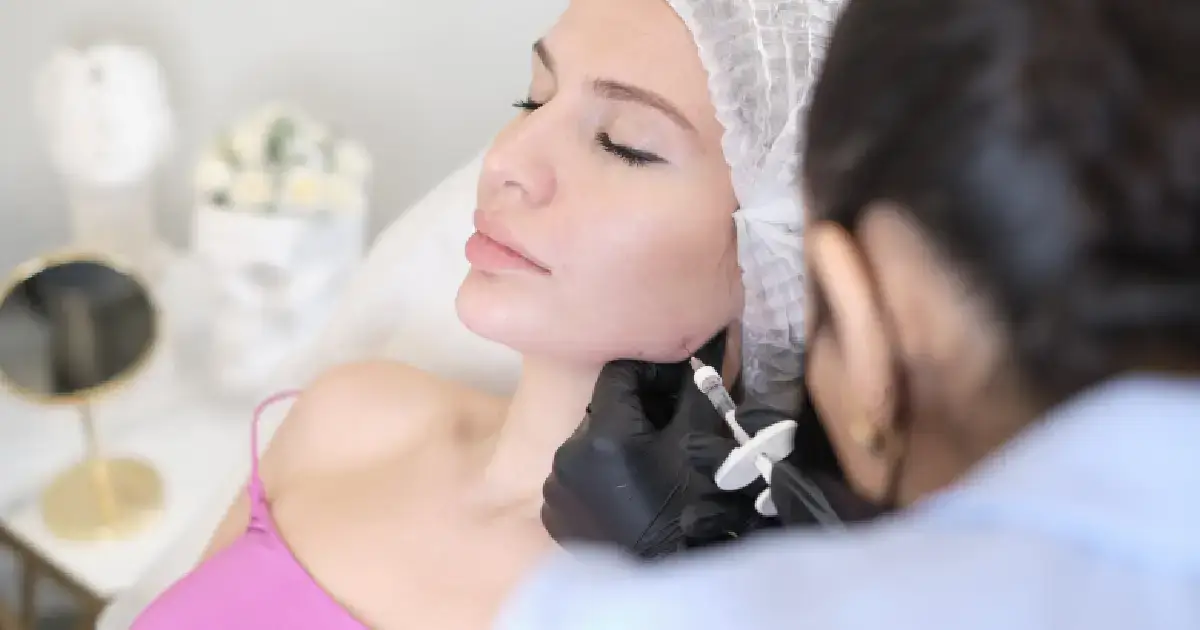Many of us are somewhat insecure about our appearances. This is very normal and in today’s society with comparison, it happens more often than ever before. It becomes concerning when the obsession about our appearances interferes with daily life activities. As a medical spa, we wanted to spread awareness of a sensitive subject that is very relevant in today’s world –Body Dysmorphia. Luckily for us, we have Facial Plastic Surgeon Dr. Chelsea Troiano to give us a little insight on how she handles people with body dysmorphia in her practice.
What is Body Dysmorphia?
It is a mental disorder where there is an obsessive focus on one’s appearance. A perceived flaw can be small or imaginary, but the person can spend hours a day trying to change it. The person may try many cosmetic procedures or exercise excessively. Their negative thoughts can cause serious obsessive-compulsive tendencies and interfere with day-to-day activities. They may avoid social activities including work, school and even isolate themselves from family and friends because they fear others will notice or judge what they see.
Is Body Dysmorphia common?
According to the Anxiety and Depression Association of America, 1 in every 50 people struggle with Body Dysmorphic Disorder (BDD).
The American Society of Plastic Surgeons reports that up to 10% of patients looking for cosmetic procedures are affected by the [BDD] disorder.
Dr. T tells us that she sees more than these statistics in her practice. At least once per week, she will see someone with body dysmorphia. She adds that it varies in the spectrum, those that need psychiatric help and those who don’t.
Where is Body Dysmorphia developed?
Credible sources online say it is unclear where people form BDD. It varies in experiences, trauma, environments, chemical imbalances of the brain, anxiety, social media, and many other reasons.
According to the Anxiety and Depression Association of America, you see BDD most often develops in teens and adolescents but can carry into adulthood. It affects men and women almost equally, 2.5% in men and 2.2% in females.
The American Society of Plastic Surgeons says only 7% of professionals screen patients for body dysmorphia. In your professional opinion, do you think this number is accurate?
“Yeah. It takes time, number one,” Dr. T adds, “And number two, it offends people. They don’t treat this as a medical procedure… I need to know the full medical history because first I am a doctor, I’m there to pick up on any clues if something else is going wrong with you and I can recommend seeing a general practitioner… They have to trust that I am going to do what is in their best interest.”
At her practice, she implements a survey tool to identify the spectrum in each patient.
How do you go about it if someone is very adamant to get a procedure that you know has body dysmorphia?
“I will tell them, ‘Unfortunately, my aesthetic does not align with yours and so, I am not the right surgeon for you.’ Usually, they will get upset but I can’t go to sleep at night knowing I did something wrong to somebody.” – Dr. Traiono
In your professional opinion, would you say body dysmorphia is becoming more prevalent now that social media is a huge part of our lives?
“Yes, social media has increased incidents of body dysmorphia because people see filters and unrealistic expectations of what their face and body should look like, but also because of a great increase in cyberbullying” -Dr. Troiano






